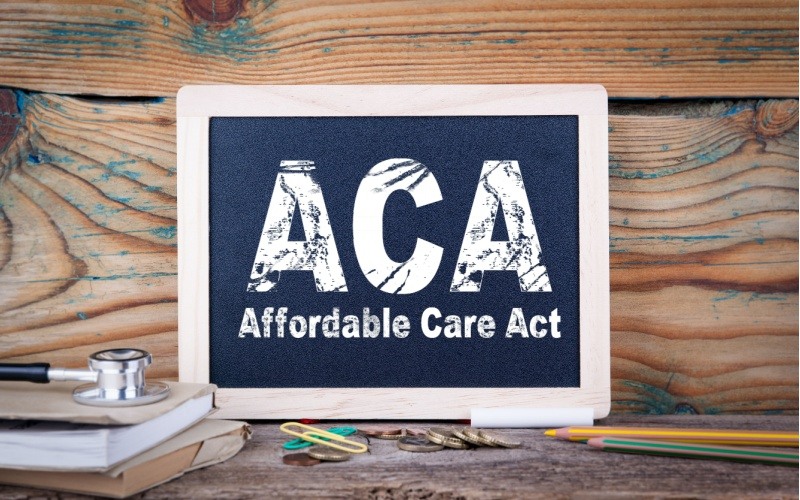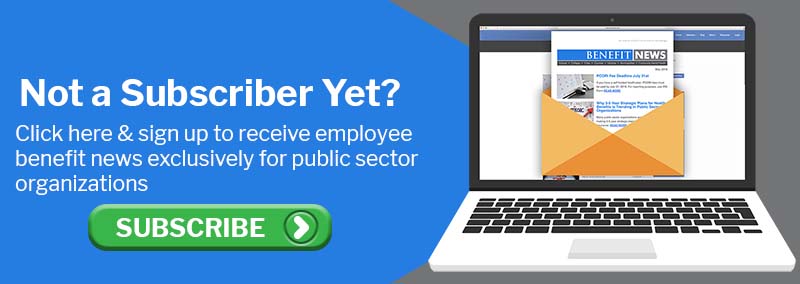2.5 minute read
The Affordable Care Act (ACA) mandates that applicable large employers (ALEs)(with at least 50 full-time employees) offer affordable health coverage or risk IRS penalties. This mandate is also known as the “pay or play rules”. Coverage is considered affordable if the employee's contribution does not exceed a certain percentage of household income. For plans beginning in 2024, the adjusted affordability percentage is 8.39%. ALEs can use safe harbors like Form W-2, rate-of-pay, or federal poverty line (FPL) to determine affordability.
Safe Harbor Requirements
The safe harbors allow ALEs to determine affordability of health plan coverage based on criteria other than household income, ensuring it meets minimum value requirements. ALEs can choose to use one or more of the optional safe harbors for all employees or specific categories uniformly. These categories may include job types, compensation nature, geographic location, or similar business criteria, excluding listing employees by name. The safe harbors assess affordability for ALE coverage compliance without impacting eligibility for premium tax credits through an ACA Exchange based on household income.
Selecting a Safe Harbor
An ALE should review and assess the predictability and impact on employee contributions of each safe harbor before choosing one. Different safe harbors may be more suitable based on the ALE's workforce. The table below provides a quick overview of the three affordability safe harbors and which employers may benefit most from each.
|
Safe Harbor |
Quick Overview |
Pros and Cons |
|
Form W-2 |
An ALE determines health coverage affordability by checking the employee's wages in Box 1 of their Form W-2 after the year ends. |
This safe harbor method determines affordability based on actual W-2 wages, making it unpredictable until year-end. Best suited for employees with predictable annual compensation. Allows maximizing employee contributions to health coverage based on actual compensation. |
|
Rate of Pay |
An ALE determines health coverage affordability based on the employee's hourly rate multiplied by 130 hours, using monthly salary for salaried employees. |
This safe harbor offers a predictable, design-based approach for determining affordability, ideal for ALEs with many hourly employees assuming 130 hours per month. However, it may not maximize employee contributions if hourly employees consistently work over 130 hours monthly. |
|
Federal Poverty Level (FPL) |
An ALE calculates health coverage affordability for all employees based on the FPL for a single individual. |
This safe harbor provides a predictable, design-based method to determine affordability by setting a maximum employee contribution that makes coverage affordable without needing employee-specific data. It often requires the largest employer contribution towards health coverage costs. |
Download the bulletin for more details.

